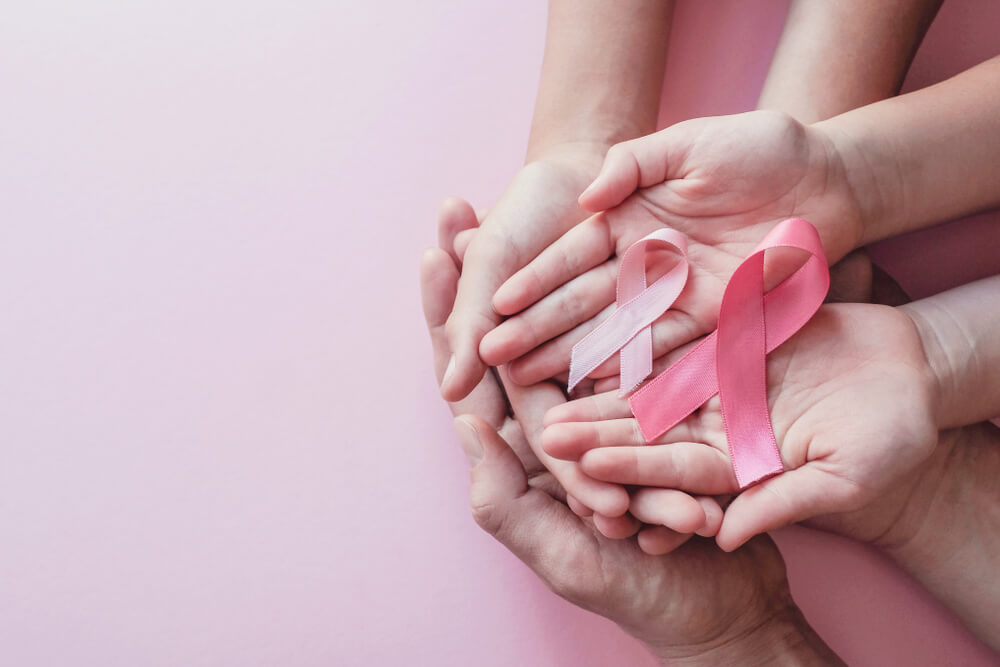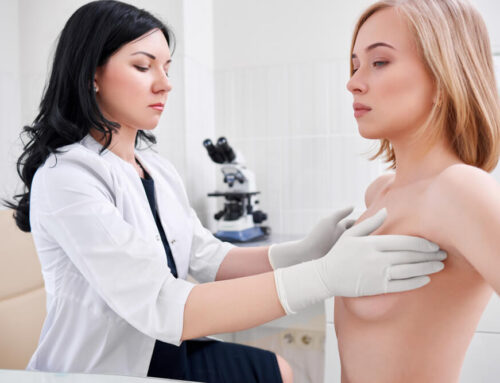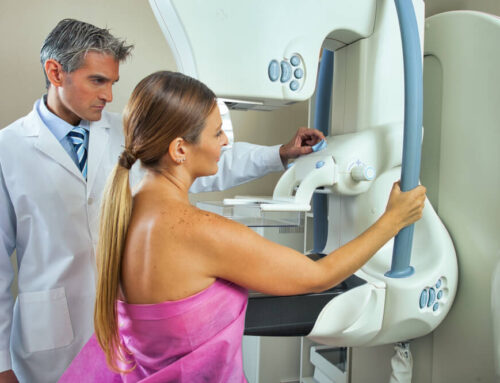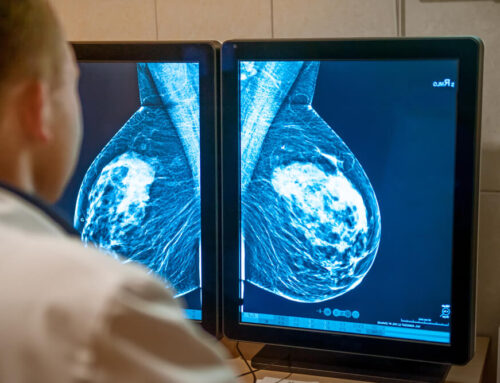Shockingly, approximately 1 in 8 women in the US are diagnosed with invasive breast cancer during their life. Luckily, if the symptoms are detected early on, there’s a high chance of recovery. Therefore, women must check their breasts frequently for any suspicious changes.
In this article, you’ll learn about the most rarely spotted signs of breast cancer to keep in mind.
Keep on reading for the rest of the details.
Noticing the Dimpling of Breast Skin
Inflammatory breast cancer is rare but very aggressive. Surprisingly, this type of cancer accounts for between 1–5% of all breast cancers.
Breast tissue dimpling or peau d’orange may signify fat necrosis or invasive inflammatory breast cancer. This sign causes the breast skin to resemble the uneven skin of an orange. Besides this, the skin may also look inflamed.
With the dimpling of breast skin, you’ll notice skin changes and thickening of tissue. In addition, the breast area may look swollen, scaly, and red.
When it comes to breast cancer dimpling, only one breast is affected. Usually, you may not have cancer if you notice dimpling on both breasts. However, as mentioned, dimpling can also signify fat necrosis due to injury, a bruise, breast surgery, or biopsy side effect.
As always, make sure to consult a healthcare professional for expert advice.
Seeing Bumps on the Areola, Nipples, or the Skin

Bumps on the breast area may be alarming, but usually, they’re normal. That being said, the cause and the symptom of a nod depends on the location. For instance, these bumps or lumps may appear on the nipples, the areola, or the skin.
Bumps on the areola specifically may point to a rare type of breast cancer called Paget’s disease.
What is Paget Disease of the Breast?
Paget disease of the breast, also referred to as mammary Paget disease, and Paget disease of the nipple is a rare type of cancer that involves the skin of the nipple and the areola. Most patients with this disease have at least one tumor inside their breast, either intraductal breast carcinoma or invasive breast cancer.
Besides bumps on the areola, other common symptoms of Paget disease of the breast include:
- Flaking or crusty skin on/around the nipple
- Itching and/or tingling of the nipple/areola
- A flattened nipple
- Nipple discharge that may be bloody or yellowish.
Finding Blotches and a Red Dot on the Breast
Rashes can have many causes, most of which are typically harmless. However, if you notice a red dot on the breast that doesn’t go away after a week, you may want to consult a professional. In some cases, this sign may point to inflammatory breast cancer.
If the rash is linked to IBC, it can occur as a series of tiny purple or red spots or a widespread discoloration resembling a bruise. In addition to finding a red dot on the breast, some patients may notice the whole breast turn a pinkish or red.
Believe it or not, but inflammatory breast cancer is incredibly rare. In fact, it makes up to 4% of breast cancer cases.
Dealing with Itchy Breasts
Although they do not necessarily point to signs of breast cancer, persistent itchy breasts may be a cause of concern. Namely, this symptom may be an early sign of Paget’s disease of the nipple, IBC, or other types of breast cancer.
However, in most cases, itchiness of the breast is caused by conditions such as mastitis (breast inflammation) or eczema.
Detecting Changes in Nipple Shape
Nipple inversion or nipple retraction refers to a nipple that does not point outward, but instead points inward or lies flat. While some people are born with it, others may, at some point, notice a change in their nipple shape. The latter scenario may be alarming as it can possibly be one of the signs of breast cancer.
Some of the other symptoms that may accompany unusual nipple shape change include pain in the nipples, thickening of the tissue, and non-milk discharge.
Keep in mind that nipple appearance may change during ovulation or other parts of a normal menstrual cycle. Nevertheless, you should immediately see a professional if you notice any suspicious nipple changes.
Experiencing Unusual Nipple Discharge
As we’ve briefly mentioned earlier, strange nipple discharge may be a serious cause for concern. Besides breast cancer dimpling, bumps, dots, and blotches, a person who notices this sign may want to see a trusted healthcare professional as soon as possible.
Unusual discharge is typically thick or thin, and it can range in color from yellow to red. In some cases, the discharge can be transparent or milky.
With all of this in mind, nipple discharge can be non-cancerous. Instead, it may signify the following:
- An adverse effect of taking birth control pills or certain medications
- Breast infections
- Certain conditions, for example, thyroid disease
On the flip side, normal nipple discharge may happen in the following two cases:
- Pregnancy
- Irritation and stimulation
Nipple discharge during pregnancy is entirely normal and expected. Also, many women experience a thin and slightly yellow discharge postpartum.
Irritation and stimulation may happen when women wear tight and rough clothes.Therefore, it is crucial always to purchase appropriately fitting, comfortable undergarments to avoid this.
Signs of Breast Cancer and Risk Factors
Several signs may point to breast cancer, some rarer and more difficult to spot than others. However, what are the risk factors associated with this medical condition? Below, we’ve compiled a list of the most common factors linked to this condition’s increased risk. These include:
- Increasing age. (Older women are at higher risk)
- Being a woman. (females are more likely to have breast cancer than males)
- Having a personal history with the condition.
- Having a family history with the condition.
- Inherited genes that boost the risk of cancer.
- Exposure to radiation.
- Alcohol consumption.
- Obesity.
Moreover, women who have never had children are more likely to develop breast cancer than women who have had at least one pregnancy.
How to Minimize the Risk of Breast Cancer
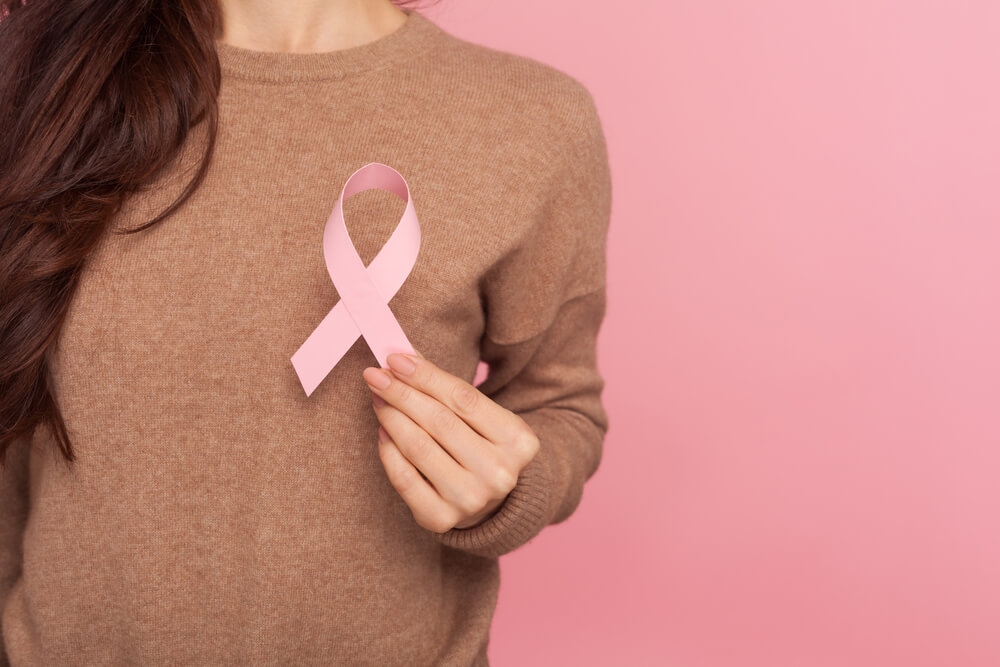
Reading about the signs of breast cancer can be petrifying. But, the good news is that you can prevent this serious medical condition from happening in the first place by making slight adjustments in your lifestyle and daily activities. Here are some ways to stay healthy and keep breast cancer at bay.
- Exercise and eat a balanced diet
- Drink plenty of water
- Take breast vitamins such as vitamin D
- Avoid alcohol and processed foods
- Quit smoking
- Reduce stress
- Examine your breasts frequently
- Make regular appointments with your doctor
Book Your Appointment Today
Breast cancer is a common medical condition that affects women worldwide. Unfortunately, some women are more inclined to suffer from the disease than others, and there are only a few precautionary steps one can take.
On a positive note, specific lifestyle changes, regular self-examinations and frequent visits to a reliable healthcare professional can help detect breast cancer signs in the earliest stages. Breast screening is an excellent way to do this.
If you are anxious about your health and want to know more about how you can prevent breast cancer, book an appointment today. Remember: Your health is a top priority.



